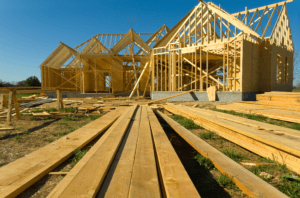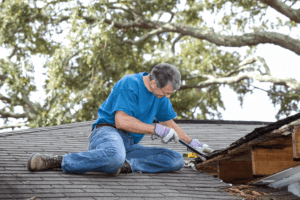“6 Key Real Estate Property Risk Factors to Consider When Investing” is our sixth in a series of blog posts on real estate investing. To read more, download our entire eBook, “The Real Estate Investor’s Checklist.”
 In most cases, investors are dealing with properties that are not new. Even with new construction, you need to perform stringent inspections: Flooring, wiring, phone, cable, and lighting are just a few of the big ticket inspection items.
In most cases, investors are dealing with properties that are not new. Even with new construction, you need to perform stringent inspections: Flooring, wiring, phone, cable, and lighting are just a few of the big ticket inspection items.
According to HUD’s 2013 American Housing Survey, the average owner-occupied structure is about 37 years old. With older properties, there is always a risk. Here are some of the key property risk factors to consider when purchasing an investment property.
Construction Style and Quality
Generally, prefabricated and mobile homes use lower-quality materials than brand new and older homes. In addition, mass-produced houses can have quality issues. Custom-built new homes may be on par with older homes in terms of quality.
Regardless of the construction style, it all comes down to the quality of the materials used, and the skill and diligence of the builders.
Climate, Geology and Position
Humidity, temperature extremes, and storms accelerate the aging process, making property “wear and tear” more likely. Seismic activity, sinkholes and limestone geology, and high water tables are among some of the geological factors that can accelerate the aging process. Position matters too. For example, a house on the top of a hill or with a steep driveway is much harder to sell than one without these impediments.
Renovations and Additions
Previously made renovations can hide many problems with the property. Know what’s been added and renovated. Furthermore, always make sure all structures on the property are legal.
Foundation or Structural Problems
Fixing foundation problems can be costly and inconvenient. Signs include visible wall cracks that grow over time, cracked tile or concrete floors, doors that jam or fail to latch, persistently stuck windows, and floors that are clearly off-level.
 Roof Problems
Roof Problems
Problems stemming from a compromised roof can cost tens of thousands of dollars to fix. Furthermore, roof issues may not be covered by homeowners insurance. Some of the problems include pest infestations, interior water damage, and inefficient insulation.
Inefficient Windows
Inefficient windows result in higher electricity bills. According to the Federal Government’s ENERGY STAR program, installing the most efficient class of windows can reduce your annual electric bill by $126, to $465, depending on where the property is located.
Be on the lookout for our upcoming real estate blog post covering 7 more real estate property risk factors to consider when investing, or download our entire eBook, “The Real Estate Investor’s Checklist.”